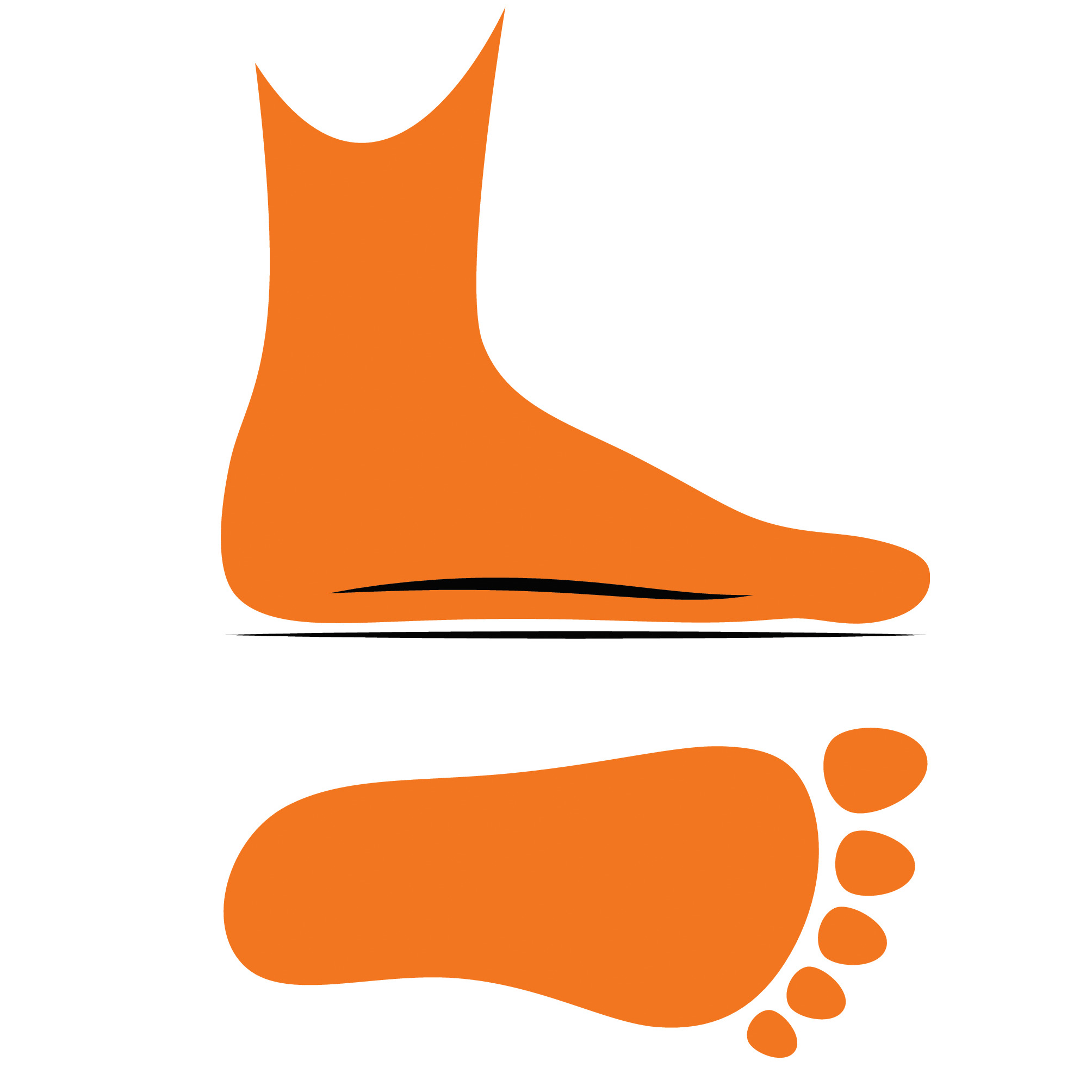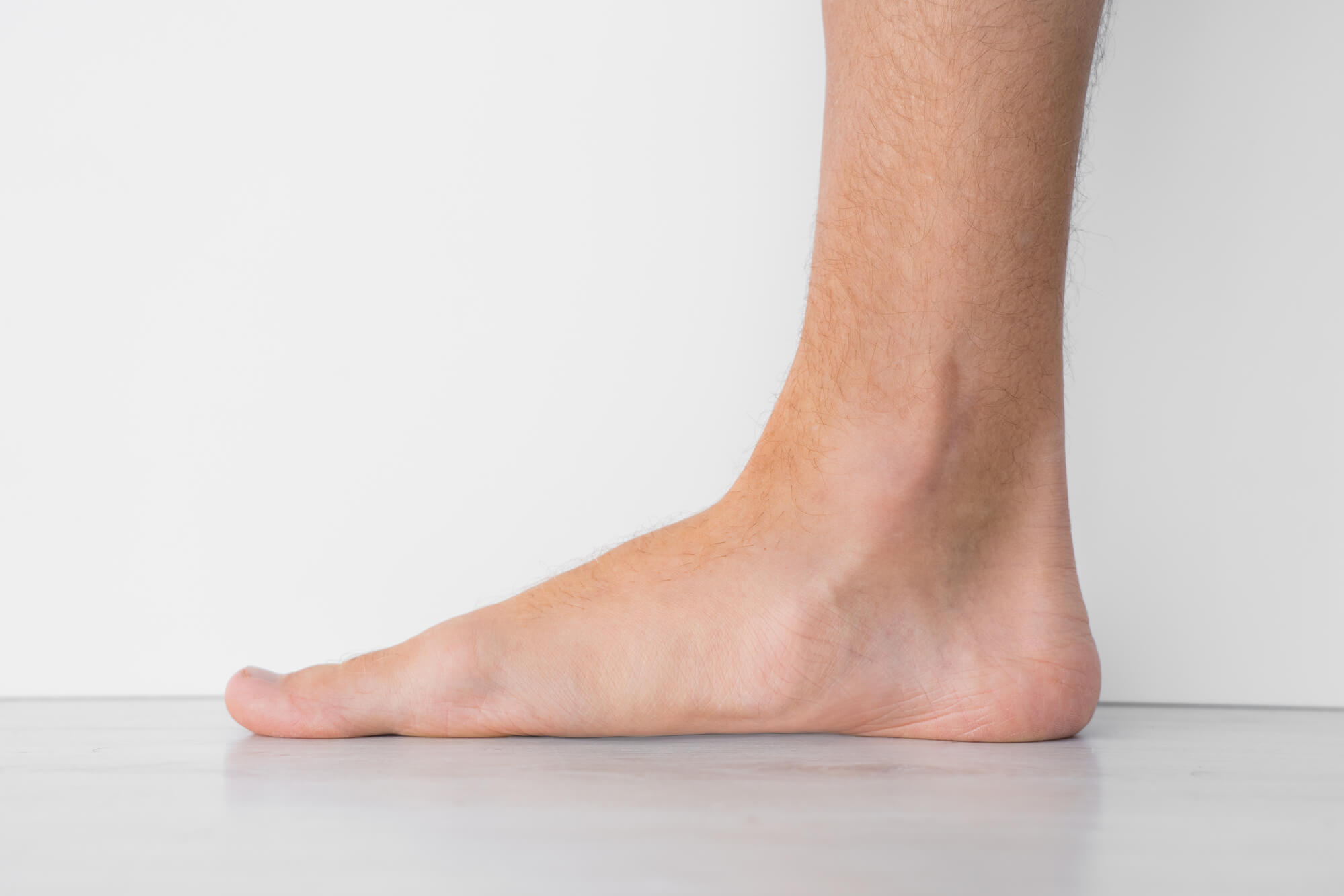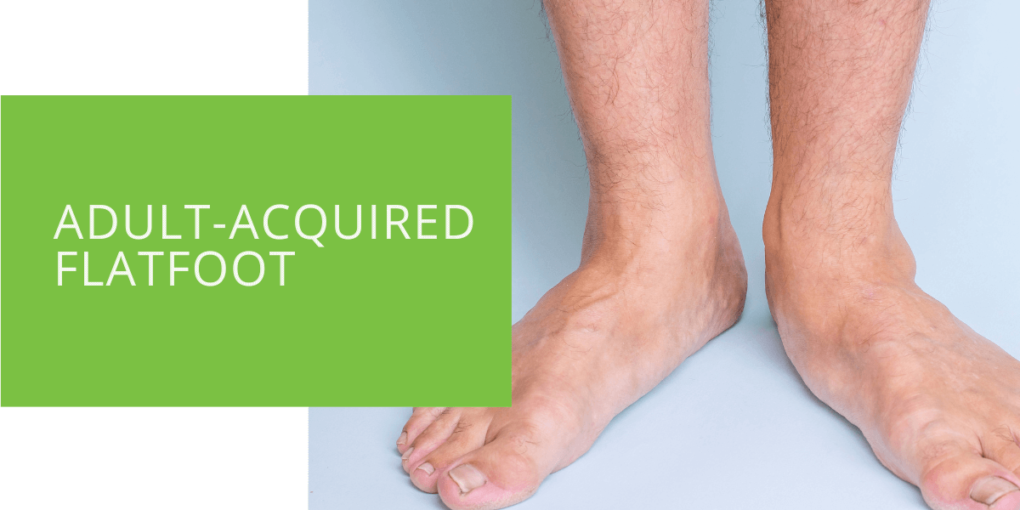Adult-Acquired Flatfoot: Causes, Symptoms & Treatment
Adult-acquired flatfoot, also known as Adult Flatfoot, is characterized by the collapse of the arch of the foot and can be caused by various factors, including aging, obesity, and arthritis. This condition can lead to pain and difficulty standing on tiptoes, and it is important to seek medical attention to determine the best course of treatment. This article will discuss the causes, symptoms, diagnosis, and treatment options for adult-acquired flatfoot.
What is Adult-Acquired Flatfoot?
Definition
Adult-acquired flatfoot is a deformity that affects the arch of the foot and can cause pain, swelling, and difficulty standing on tiptoes. It is most commonly seen in individuals over 40 and can be caused by various factors, including aging, obesity, and arthritis.
Prevalence
Adult-acquired flatfoot is a common foot deformity, especially in individuals over 40. It is more prevalent in women and in people who are obese or have arthritis.

Causes of Adult-Acquired Flatfoot
- Aging: Our tendons and ligaments can weaken and become less flexible as we age. This can lead to the collapse of the arch of the foot, resulting in adult-acquired flatfoot.
- Obesity: Carrying excess weight puts additional strain on the feet, which can lead to the collapse of the arch and the development of adult-acquired flatfoot.
- Arthritis: Arthritis, especially in the foot and ankle, can cause inflammation and stiffness in the joints, leading to the collapse of the arch and the development of Adult-Acquired Flatfoot.
- Trauma: Trauma to the foot and ankle, such as a fracture or ligament tear, can also lead to the development of adult-acquired flatfoot.
Symptoms of Adult-Acquired Flatfoot
- Pain: One of the most common symptoms of adult-acquired flatfoot is a pain in the foot, especially around the heel and inside of the ankle. The pain may be worse when standing or walking for long periods.
- Swelling: Swelling in the foot and ankle is another common symptom of adult-acquired flatfoot. This swelling may be accompanied by redness and warmth in the affected area.
- Difficulty standing on tiptoes: If the arch of the foot has collapsed, it may be difficult to stand on tiptoes or walk on the balls of the feet. This can be a symptom of adult-acquired flatfoot.

Diagnosis of Adult-Acquired Flatfoot
- Physical examination: A podiatrist (foot doctor) will typically start with a physical examination to diagnose adult-acquired flatfoot. This will involve evaluating the foot and ankle for swelling, redness, warmth, and tenderness. The podiatrist may also ask the patient to perform certain movements, such as standing on tiptoes, to assess their range of motion and flexibility.
- Imaging tests: Imaging tests, such as X-rays or MRIs, may also be ordered to better look at the foot and ankle and to assess any damage to the tendons or ligaments.
Treatment Options for Adult-Acquired Flatfoot
Conservative Treatment
In many cases, Adult Acquired Flatfoot can be treated conservatively without surgery. These treatment options may include:
- Orthotic inserts: Orthotic inserts, which are placed inside the shoes, can help support the arch of the foot and alleviate pain caused by adult-acquired flatfoot.
- Physical therapy: Physical therapy can help strengthen the muscles in the foot and ankle and improve flexibility, which may help alleviate symptoms of adult-acquired flatfoot.
Surgical Treatment
In more severe cases, surgery may be necessary to correct adult-acquired flatfoot. Surgical options include:
- Reconstructive surgery: This type of surgery is typically used to reconstruct the tendons and ligaments in the foot and ankle to improve the arch and alleviate pain.
- Tendoscopy: Tendoscopy is a minimally invasive surgical procedure involving using a small camera to repair damaged tendons. It may be an option.
Conclusion
Adult-acquired flatfoot is a deformity that can cause pain, swelling, and difficulty standing on tiptoes. Various factors, including aging, obesity, and arthritis, can cause it. If you are experiencing symptoms of Adult-Acquired Flatfoot, it is important to seek medical attention to determine the best course of treatment for you. Treatment options may include conservative measures, such as orthotic inserts and physical therapy, or more invasive measures, such as reconstructive surgery or tendoscopy.

FAQ
What causes flatfoot in adults?
Flatfoot in adults, also known as adult-acquired flatfoot, can be caused by various factors, including aging, obesity, and arthritis. It can also be caused by trauma to the foot and ankle, such as a fracture or ligament tear.
Can acquired flat feet be corrected?
Yes, acquired flat feet can often be corrected. Treatment options may include conservative measures, such as orthotic inserts and physical therapy, or more invasive measures, such as reconstructive surgery or tendoscopy.
What causes the arch of your foot to collapse?
The arch of the foot can collapse due to the weakening or damage of the tendons and ligaments that support it. Various factors, including aging, obesity, and arthritis can cause this. It can also be caused by trauma to the foot and ankle.
Are fallen arches serious?
Fallen arches can be a serious condition if left untreated. Flatfoot can cause pain, swelling, and difficulty standing on tiptoes. It can also lead to problems with the alignment of the legs, which can cause discomfort and difficulty walking. It is important to seek medical attention if you are experiencing symptoms of flatfoot to determine the best course of treatment for you.

